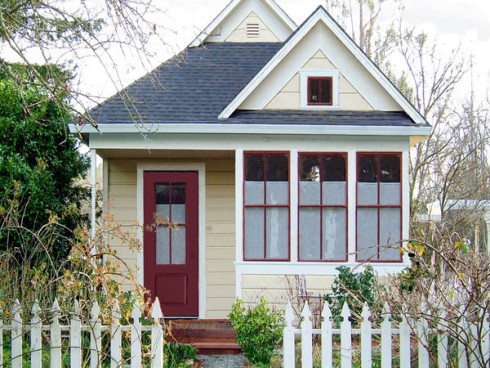Traditional knowledge-sources struggle to define the term “homesteading.” The best one Google and I can find comes from Wikipedia, which broadly defines it as “a lifestyle of simple self-sufficiency.”
But looking outside of traditional knowledge-sources is our best bet to truly understand what we mean by “homesteading” in a modern-sense.
Mother Earth News offers a great look into the various definitions of “homesteading” over the years. They offer a great definition with the phrase “21st Century Homesteading,” which they define as:
The phrase 21stcentury homesteading, which is all about self sufficiency — wherever you live. It’s about using less energy, eating wholesome local food, involving your family in the life of the community and making wiser choices that will improve the quality of life for your family, your community and the environment around you.
Why do I care about homesteading?
After spending the first 23-years of my life in Wisconsin, I moved to New York City in August 2011. During my time there, I began thinking more critically about issues of sustainability, consumption, emergency preparedness, and the (lack of) sense of community among individuals.
I lasted ten months in The Big Apple before deciding to return home to Wisconsin. During those ten months, I got a crash course in Urban Living 101. The pros: mass transit and a multitude of small businesses. The cons: vermin, cockroaches, bedbugs (overall too many people in too small of a space with poor cleanliness routines), reliance on external food supply, lack of green space, and lack of individual emergency preparedness.
Though it turned out NYC was not where I wanted to live long-term, spending those ten months allowed me to reexamine how I had been living my life and how my lifestyle choices were impacting my personal wellness, and that of my community and the environment.
Upon returning back to Wisconsin, I moved in with my parents temporarily to give me time to figure out what I want to do next with my life. My parents live on a couple acre lot in rural Wisconsin. Over the years since I moved out, my parents have developed/strengthened their commitment to self-sufficiency, frugal living, and a plant-strong lifestyle. Their commitment has exposed me to more information about ways of living and consumer values that are outside of the American “norm.” This, coupled with my time in NYC, has brought me to a place where I want to change my lifestyle to be one that is more green and self-sufficient, and less dependent on chemicals and big corporations.
So why the Homesteading Daughter?
Despite my desire to change my lifestyle, I know very little about how to go about doing it. When I told my parents about my desire to become self-sufficient and live on a homestead, they reminded me that I hate bugs, heat, sweating, lifting heavy things, and manual labor–all parts of the self-sufficient life. So, yes, I have a long way to go; but I have a great sense-of-humor, personal incentive to change (I’m lactose intolerant and have a skin sensitivity to most chemicals, dyes, and fragrances), and am a quick-learner.
My journey to self-sufficiency and eventual full-out homesteading promises to be a humorous adventure, so I decided to document it on this site. My hope is that I will be able to share my newly-acquired knowledge with other homesteading newbies and make you laugh.
The site is a work-in-progress. I will post content as I discover new resources, try new projects, and learn new things. I plan on posting written content for you, as well as pictures, video, and audio as they’re useful.
I look forward to connecting with you! Please share your thoughts, opinions, ideas, and suggestions in the comment section on any page!

